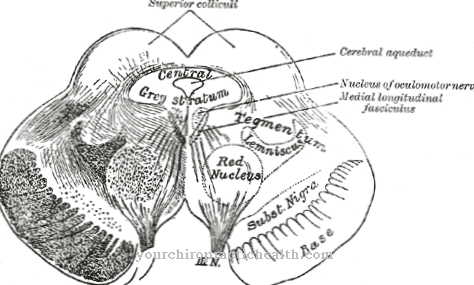Urinary stones belong to the diseases of affluence whose frequency has increased in recent years. They arise when the body is overloaded with excreting its toxins.
What are urinary stones?

Urinary stones are mineral deposits in the body that have combined to form larger structures. They occur in the lower urinary tract (ureters, bladder and urethra) as well as in the kidney. The shape and chemical composition can vary.
Urinary stones occur when salts dissolved in the urine precipitate as crystals. Most are made of calcium oxalates, but stones made of cystine, uric acid or phosphate are not uncommon. If the deposits cannot be naturally washed away, they will grow into crystals over time. These can take on rounded or branched shapes.
Depending on the location, a size of up to several centimeters is possible before the first symptoms appear. Approximately every 20th German will suffer from urinary stones in the course of their life, including twice as many men as women. Those affected usually receive their first diagnosis between their mid-20s and 60s.
causes
Urinary stones often arise as a result of metabolic diseases or hormonal disorders that make it difficult to break down certain substances. But basically everyone can get urinary stones. Any behavior that increases the salt and acid concentration in the urine favors the formation of crystals.
If the daily intake of fluids is insufficient, the urinary tract is not sufficiently flushed out. Bad diet also plays a major role. An excess of meat and coffee causes uric acid levels to rise. The resulting imbalance between water and the substances dissolved in it causes the urine to take on a dark yellow color. If this is the case, then even in healthy people there are deposits from which stones can develop.
Bladder stones are often the result of insufficient emptying of the bladder, which leaves residual urine. This particularly affects men with enlarged prostates and people who suffer from narrowing of the urethra, paraplegia or multiple sclerosis.
Symptoms, ailments & signs
Urinary stones cause sudden, colic-like pain in the abdomen. The pain usually occurs in bouts and can radiate to the entire abdominal region and to the genitals. At the same time, the patient feels a strong urge to urinate and nausea. Often there are difficulties urinating and other symptoms that clearly indicate urinary stones.
The clearest sign of illness is red urine. In the absence of treatment, complete urinary retention can occur, which initially manifests itself in severe pain and increasing nausea. In the further course the urethra can rupture, also associated with severe pain, blood in the urine and malaise.
In less severe cases, the urinary stone only becomes wedged in the ureter and causes slight pressure pain. Burning pain occurs more quickly in women due to the shorter ureter. Urinary stones are normally not visible externally. However, typical symptoms such as sweating and pale skin can occur.
In the case of chronic complaints in particular, external changes are also possible, for example a sickly appearance or inflammation. If the urinary stones are removed early, no serious symptoms or long-term effects will occur.
Diagnosis & course
Urinary stones are most commonly detected when they become wedged in the ureter. They cause sudden, colic-like pain that can be felt in the entire abdominal region up to the genitals. At the same time, the affected person feels a strong urge to urinate and nausea.
The pain with ureteral stones disappears as suddenly as it came, but returns at irregular intervals. Cramp-like pain, an increased urge to urinate, and difficulty urinating indicate bladder stones. Stones with sharp edges can cause internal injuries when moving in the urinary tract. This manifests itself in the red discolored urine and can lead to dangerous infections.
Kidney stones are often discovered accidentally as they usually don't show any symptoms. Depending on their chemical composition, the stones can be localized either on X-rays or during ultrasound examinations. Urine and blood tests also help with the diagnosis. If nothing is done, a so-called pouring stone can form in severe cases. Here, the entire urinary tract is "poured out" with deposited minerals
Complications
Urinary stones clog the urinary outlets, which can have serious consequences. In general, urinary stones lead to very severe pain that radiates into the groin. This can severely limit the quality of life of the person affected. On the one hand, the urine can build up so far that it is back in the kidney.
As a result, the kidney can expand (hydronephros) and become inflamed. The inflammation can go so far that the kidney fails (renal failure). As a result, the kidney can no longer perform its previous functions. Less urine is pressed out, so that more volume remains in the body and thus leads to high blood pressure. Longstanding high blood pressure can lead to occlusion of the vessels as part of an atherosclerotic process.
The increased blood volume ensures that more water is pressed into the tissue, so that edema develops. Furthermore, the kidneys can no longer produce enough hormones, which leads to a deficiency of vitamin D and anemia (due to EPO deficiency). The kidneys also experience disturbances in the electrolyte and acid-base balance.
It can no longer secrete enough protons, so that the pH value in the blood continues to drop. As a result, potassium also accumulates in the blood. An increased potassium concentration favors the development of cardiac arrhythmias, which can be associated with sudden cardiac death.
When should you go to the doctor?
A doctor should be consulted in the event of unusual urinary behavior, blood in the urine or fever. Urinary stones, like any other type of stone, require a comprehensive medical diagnosis. Larger stones must be broken up using shock wave therapy, while the development of small stones must be monitored by a doctor. Comprehensive follow-up care is always required for urinary stones. That is why you should see your family doctor or urologist with urinary retention, pain in the kidney region and other complaints.
A visit to the doctor is indicated at the latest if the symptoms persist for more than five days or if they increase in intensity. If the symptoms occur together with a fever or circulatory problems, it is best to call an emergency doctor.
Patients with urinary tract infections, children, pregnant women, the elderly and people who regularly consume alcohol or coffee belong to the typical risk groups. Likewise people with a congenital narrowing of the urinary tract or chronic kidney disease. If the symptoms mentioned, they should speak to a doctor as soon as possible in order to avoid serious complications.
Doctors & therapists in your area
Treatment & Therapy
In acute colic, the patient is given anti-spasmodic drugs as well as pain relievers and anti-inflammatory drugs. In most cases, the urinary stones then slide on by themselves and are eliminated after a short time. However, drinking a lot without antispasmodic measures is of no use.
Because of the pain, the patient's interior is so cramped at this point that the urinary tract is narrowed and the stones become stuck. Above a certain size, urinary stones can no longer be eliminated. Surgery may be necessary in these cases.
It is also possible to destroy it with shock waves. Here, the stones are bombarded with energy waves from the outside according to their precise localization, whereby they break into small pieces. They are chopped up until they can be washed out.
In the case of uric acid stones, the patient is given drugs that chemically dissolve the stone. When all the gentler methods have been exhausted, shredding is done with tongs or lasers. The risk of developing urinary stones again is very high for those affected. A quarter of patients have to be treated for this at least four times in their lifetime. With the appropriate measures, the renewed formation of urinary stones can be slowed down or completely prevented.
Outlook & forecast
Most people who have urinary stones will get a favorable prognosis. With early treatment, there are good therapeutic options so that the symptoms can be alleviated and the disease can be cured at the same time.
Drug treatment is often sufficient for small urinary stones that cause only a few symptoms. In the optimal case, the urinary stones are transported away from the organism via the natural excretions due to the given active substances and recovery occurs. In the case of larger urinary stones, the foreign bodies are broken up or removed by surgery.
Afterwards, the smashed small parts are also transported from the body via the excretions. A recovery is given after a few weeks. In a final check-up, imaging tests are carried out to determine whether all foreign bodies have been removed.
Due to social developments, an increase in diseases caused by urinary stones has been documented in recent years. It is not uncommon for the stones to reappear in the course of life. If the foreign bodies are recognized and diagnosed in good time, the prognosis remains favorable even if they return.
If medical treatment is not sought, health deterioration can be expected. In severe cases, there is a risk of an acute condition that requires emergency medical care. Otherwise, there is a risk of premature death.
prevention
Drinking at least two liters of water a day dilutes the urine so that there is less buildup. Existing deposits and smaller stones can be washed out naturally. Exercise supports this process.
A change in diet makes sense if the person concerned has already had problems with urinary stones. Which foods he has to avoid depends on the composition of the stones that were removed from him. The patient should check his urine at home with test strips and adjust his drinking and eating habits accordingly.
Aftercare
In order to prevent a relapse, proper follow-up care is essential after treatment. The amount of fluid absorbed should be increased so that the amount of urine produced is more than two liters per day. This leads to a dilution of the urine and a general reduction in stone formation.
A change in diet adapted to the individual case can also prevent new stone formation through targeted pH value changes. Ideally, the treating doctor could perform a urinary stone analysis as part of the treatment. The majority of those affected are calcium oxalate stones, the formation of which is favored by foods containing oxalate.
These include, for example, rhubarb, celery, parsley, soy, beetroot, spinach, cocoa, nuts and black tea. Oxalates, which cannot be sufficiently diluted and excreted due to insufficient fluid intake, adhere to calcium and form urinary stones. Follow-up care would therefore consist of increasing the amount of water you drink and, ideally, avoiding these foods.
Uric acid stones occur when the urine becomes too acidic, which occurs through a diet rich in protein and purine. Avoiding purine-rich foods such as meat, sausage, offal, alcohol, legumes and certain fish as well as a low-protein diet reduce the acid content in the urine. In consultation with the doctor, this effect can be intensified through the targeted intake of alkalizing foods.
You can do that yourself
Those affected can take some measures against urinary stones themselves. Warmth, exercise (especially hopping and climbing stairs) and plenty of fluids are particularly important. In addition, there are dietary steps: a low-purine diet and the avoidance of milk and milk products as well as chocolate, nuts, beans, spinach and luxury foods such as alcohol and caffeine.
Beer in particular should be avoided due to its high purine content and the negative effects on uric acid levels. However, strict diets are not recommended, as this may lead to further urinary stones.
Dragees or plant-based drops with birch leaves, grouse or horsetail help support. Effective remedies from herbal medicine are also teas made from real bedstraw, dandelion roots or orthosiphon. With lemon juice, apple cider vinegar and celery juice, there are also some household remedies that help relieve pain and promote the removal of urinary stones.
Once the stones have been rinsed out, the regeneration of the damaged tissue can be supported by vitamin A. In order to avoid recurring symptoms, the cause of the kidney gravel must be determined and remedied in the long term. If you have severe pain, cramps or urinary retention, you should see a doctor with urinary stones.


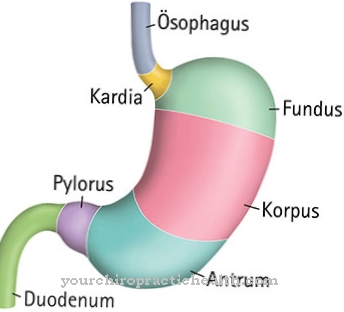

.jpg)



.jpg)
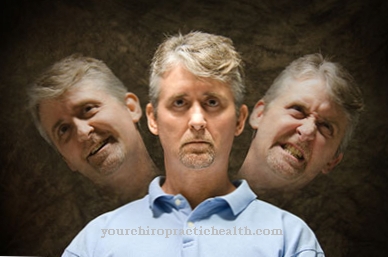
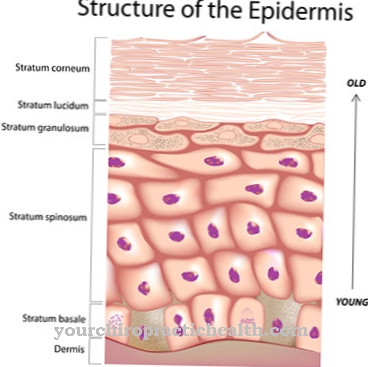
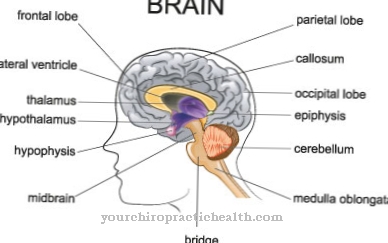
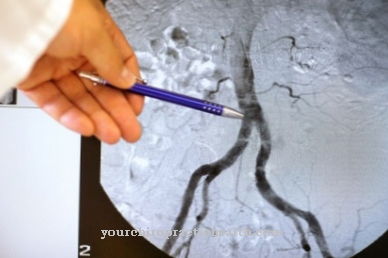
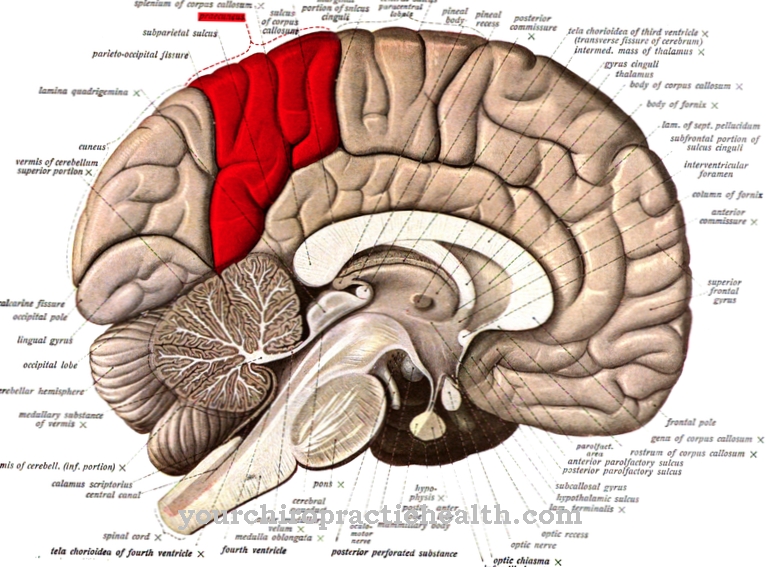
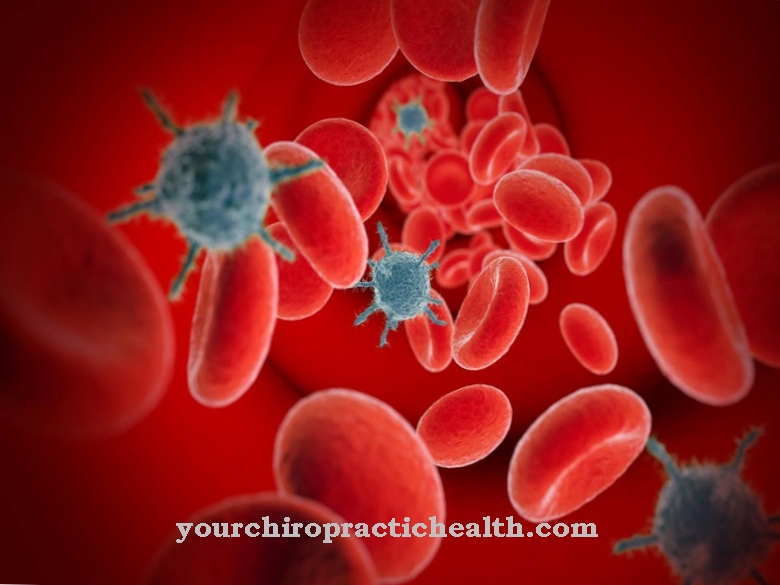


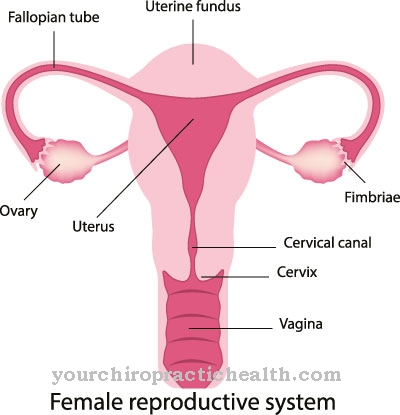



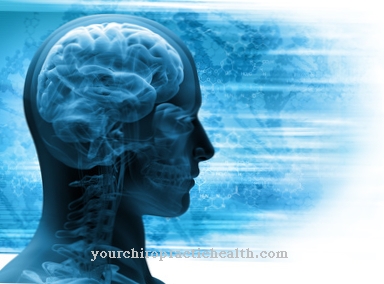

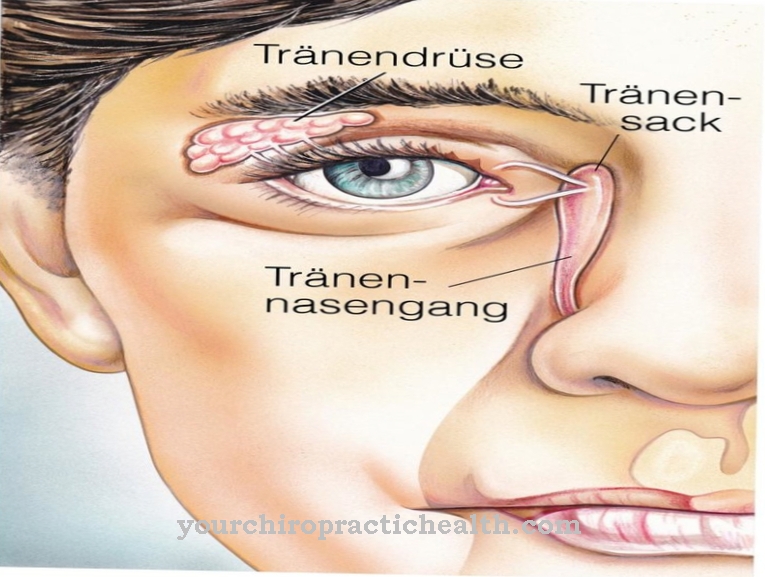
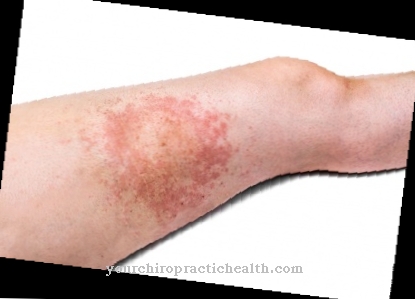


.jpg)
